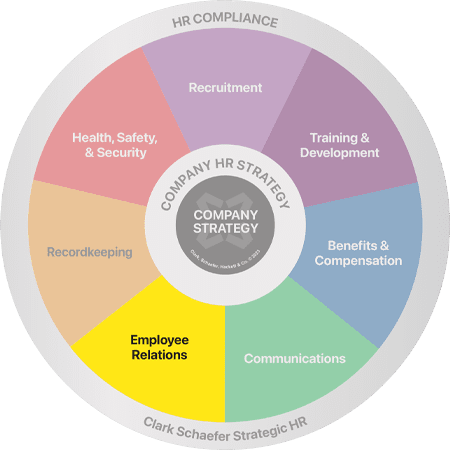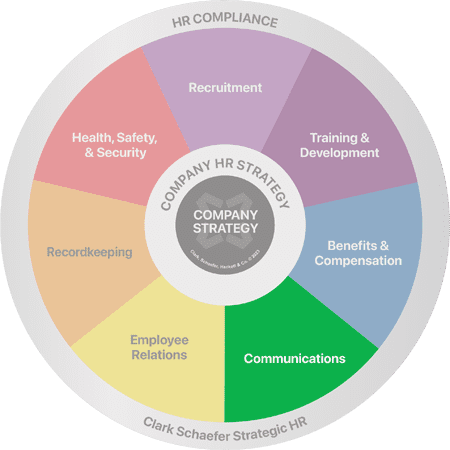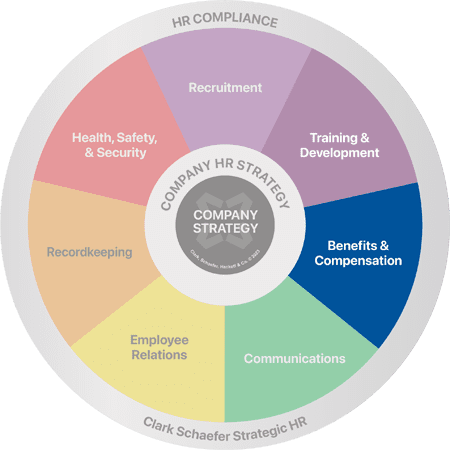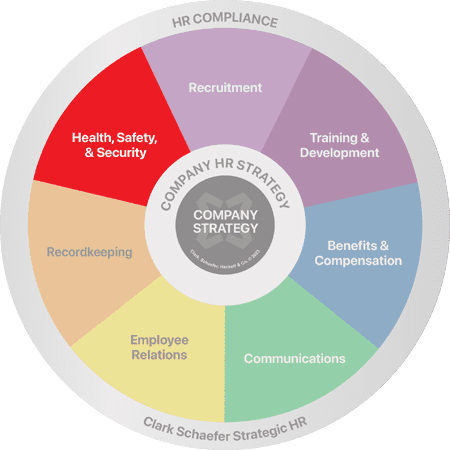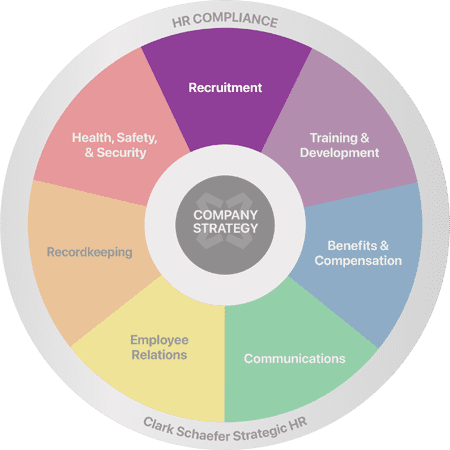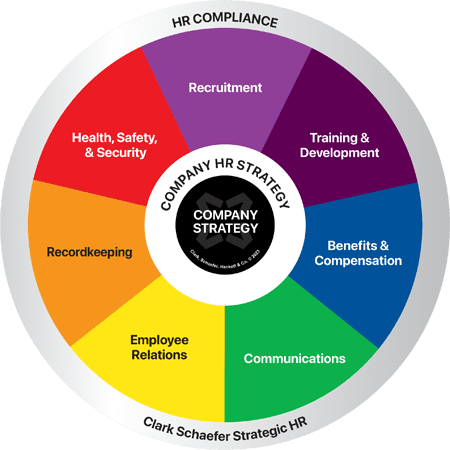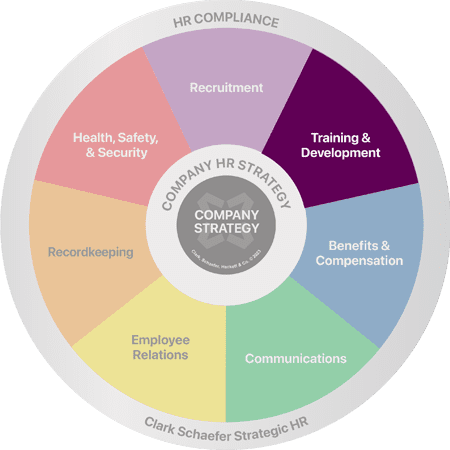Three Ways to Make Holidays More Inclusive
Last Updated on August 31, 2023 / Employee Relations
 The office holiday party is a time-honored tradition: readers of Charles Dickens’ A Christmas Carol may remember the Christmas party hosted by Ebenezer Scrooge’s old boss, Nigel Fezziwig. While the look and feel of these end-of-year holiday parties have changed since the 1840s, they remain a popular part of the American office culture.
The office holiday party is a time-honored tradition: readers of Charles Dickens’ A Christmas Carol may remember the Christmas party hosted by Ebenezer Scrooge’s old boss, Nigel Fezziwig. While the look and feel of these end-of-year holiday parties have changed since the 1840s, they remain a popular part of the American office culture.
While it’s less common today for companies to host “Christmas parties,” office festivities continue to bear the trappings of that holiday. Christmas trees, wreaths, gifts, and Santa Claus still make appearances in workplace decorations and celebrations.
Is this an issue? It depends. While some people view these symbols as more secular than religious, not everyone sees them that way. Moreover, not every person who follows a particular religion wants to see images and practices associated with their religion brought into the workplace. On the other hand, many employees welcome holiday celebrations at work that honor their own religion and those of their coworkers.
Given diverse religious views and declining rates of religiosity in the United States, employers who would like to be inclusive around the holidays may need to do more than name the year-end holiday party something neutral. Here are three steps to put you on the path toward making the holidays more inclusive.
1. Ask Your Employees What They Want
First and foremost, survey your employees to find out which holidays they would like to see observed and their thoughts on what observance in the workplace should look like. Observing a holiday doesn’t necessarily mean you’ll close up shop for the day, and you may want to make this clear to employees when asking for their preferences. When considering their suggestions, make sure you’re treating everyone equitably. Ending up with decorations related to some holidays but not others may be fine if that reflects everyone’s wishes, whereas allowing people of one religion but not another to take paid time off to attend a worship service could lead to claims of discrimination.
2. Celebrate Occasions Throughout the Year
Once you’ve found out how your employees want to observe and celebrate holidays, mark the company calendar. You might, for example, encourage employees to share how and why they observe certain holidays with colleagues on a general Slack channel or through a company newsletter. Allowing for time and space to talk about religious practices—both celebratory and somber—helps employees understand why a coworker may be fasting, lighting candles, praying during the workday, wearing special attire, or taking time away from work. Observing multiple holidays throughout the year also makes it less likely that an end-of-year party will feel exclusionary.
3. Keep Year-End Company Celebrations Separate from Holiday Observances
Even with ongoing observances, many of your employees may expect some sort of celebration in December. You can avoid people feeling excluded by focusing your celebration on the accomplishments of your employees and the company during the past year, rather than making it about the holidays.
Inclusion doesn’t take a break at the holidays. On the contrary, the holidays, whatever time of year, present a great opportunity to recognize, celebrate, have fun, and help make employees feel that they belong.
Special thanks to the Virtual HR Support Center for contributing to this Emerging Issues in HR.
Looking for another way to make the holidays more inclusive? Give Flex Holidays a try!
At Clark Schaefer Hackett (Strategic HR’s parent company), employees are offered three “flex holidays” a year in lieu of holidays such as Christmas Eve. By providing these days to be used at the employee’s discretion, the organization is able to meet a diverse range of needs and schedules rather than prioritizing one holiday over another.
Creating a way for team members to celebrate the annual events important to them is just one way of building a strong Employee Relations function and recognizing your team’s diversity. Visit our DEIB Consulting Services page to learn how we can assist you with ideas for improving your DEI&B efforts and nurturing a positive organizational culture.

